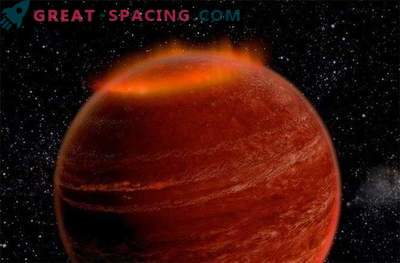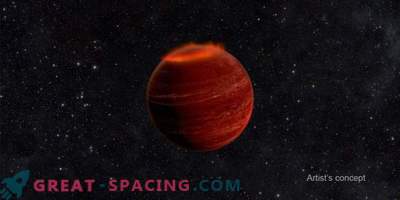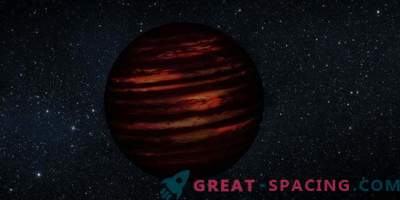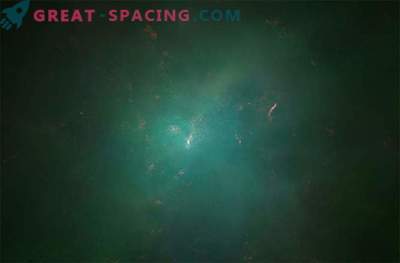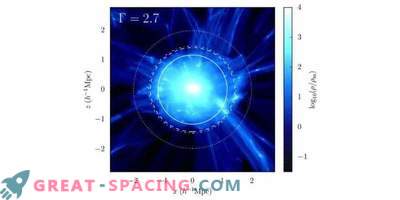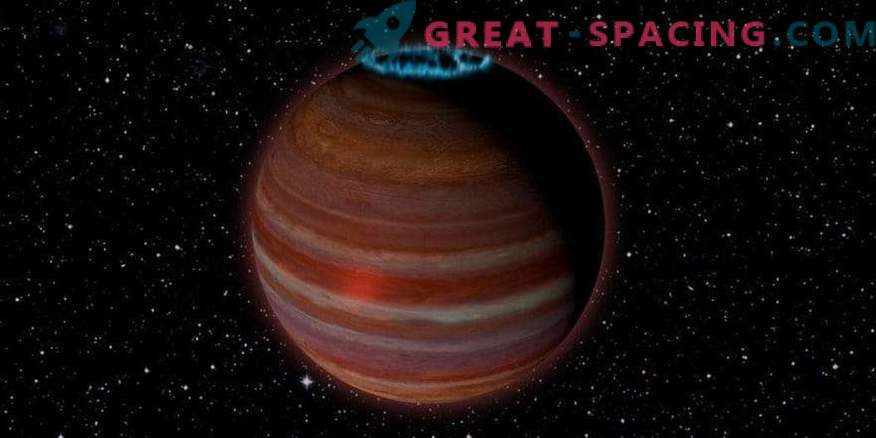
The astronomers, using the VLA antenna array, performed the first radio observation of a planetary mass object outside the solar system. The body is about ten times more massive than Jupiter and represents a surprisingly powerful magnetic power station traveling in space without being tied to the parent star.
The space object according to the characteristics is between the planet and the brown dwarf (a failed star). Brown dwarfs - too massive objects to carry them to the planets. However, the mass is not enough to support nuclear fusion. In the 1960s theorists suggested that such bodies should exist, but received first confirmation only in 1995. Initially it was believed that they did not emit waves, but in 2001 they recorded strong magnetic activity.
Further observations have shown that some brown dwarfs have strong auroras, which are also noticeable on the planets of our system. Earth's auroras are caused by the magnetic field of the planet in contact with the solar wind. But single brown dwarfs are not in contact with other stars. It is not clear how auroras can arise there, but one possibility is that the orbital planet or satellite cooperates with it.
A bizarre object in the latest study, named SIMP J01365663 + 0933473, is endowed with a magnetic field that is 200 times greater than that of Jupiter. Initially, the body was found in 2016 as one of the 5 brown dwarfs studied by the VLA in order to obtain new data on magnetic fields and the mechanisms of formation of strong radio emission. The massive brown dwarfs are difficult to measure. Last year, scientists found that SIMP J01365663 + 0933473 belongs to the part of the young stellar group. Early age suggests that it can be a lonely planet: 12.7 times more massive than Jupiter with a radius of 1.22 Jupiter. With an age of 200 million years, its distance from us is 20 light years. The surface temperature reaches only 825 ° C (in the Sun - 5500 ° C).
Scientists are still arguing about the differences between the gas giant and the brown dwarf. However, while the empirical rule is used - the mass, below which deuterium fusion occurs, which is 13 Jupiter masses. Additional reviews confirmed that the magnetic field of the object was stronger than originally measured.
Such a powerful magnetic field creates problems for understanding the dynamo mechanism creating magnetic fields in brown dwarfs and exoplanets, as well as helping to control auroras. A specific object is of interest, since the study of magnetic mechanisms will allow us to understand how they function on foreign worlds.
